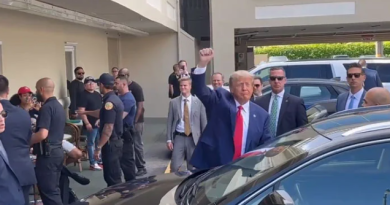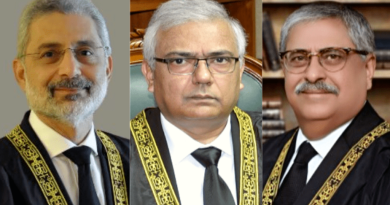Iran’s Fordow Nuclear Facility and Why Did the US Bomb It?
What Is Iran’s Fordow Nuclear Facility and Why Did the US Bomb It?
The Fordow Fuel Enrichment Plant has once again taken center stage in global security discussions after the United States launched a powerful airstrike on the facility early Sunday morning. President Donald Trump confirmed the bombing of three major nuclear sites in Iran — Natanz, Isfahan, and Fordow — claiming the latter is now “gone.”
But what is Fordow, and why has it been such a critical focus in the US-Israel campaign against Iran’s nuclear program?
A Hidden Facility Inside a Mountain
The Fordow facility, located 30km northeast of the city of Qom, was originally constructed as a military site for Iran’s Islamic Revolutionary Guard Corps. Hidden deep within a mountain, Fordow was revealed to the International Atomic Energy Agency (IAEA) by Iran in 2009, just before the US, UK, and France publicly confirmed its existence based on intelligence reports.
This underground location, surrounded by layers of rock and reinforced bunkers, has made Fordow one of the most impenetrable nuclear sites in Iran. Its concealment and resilience to aerial bombardment are precisely why it remained largely unaffected during previous Israeli strikes.
MUST READ: US Strikes Iran: Fordow, Natanz &; Isfahan Nuclear Sites Targeted
A Nuclear Hotspot of Concern
Fordow is designed to hold up to 2,976 centrifuges — significantly fewer than the 50,000 installed at Natanz, Iran’s primary enrichment facility — but it plays a critical role in Iran’s uranium enrichment capabilities. In January 2023, an IAEA inspection found uranium particles enriched to 83.7 percent purity at Fordow — alarmingly close to weapons-grade levels of 90 percent.
This raised international concerns about the true intent of Iran’s nuclear program, especially after the US withdrawal from the Joint Comprehensive Plan of Action (JCPOA) in 2018. Under the 2015 agreement, Iran had agreed to halt all enrichment at Fordow and convert the site into a research and technology center. However, after the US pullout, Iran gradually resumed enrichment activities.
Was Fordow Destroyed in the Strike?
While President Trump claimed “FORDOW IS GONE” in a post on Truth Social, the extent of the damage remains unclear. Iranian officials confirmed the site was hit, but local residents reportedly did not feel any major explosions. Iran’s state news agency IRNA stated that conditions around the site remained “completely normal.”
Some Iranian officials claim that key infrastructure had already been moved from Fordow ahead of the expected attack. Mahdi Mohammadi, an advisor to Iran’s parliamentary speaker, said the site had long been evacuated and suffered no irreversible damage.
Why the US Could Hit What Israel Couldn’t
Fordow’s fortified structure makes it extremely difficult to destroy using conventional weaponry. Israel lacks the capability to hit such a deep underground site unless it undertakes a high-risk commando operation.
The US, however, possesses Massive Ordnance Penetrators — 30,000-pound “bunker buster” bombs capable of penetrating hardened targets. These bombs, if dropped in sufficient numbers by B-2 stealth bombers (confirmed to be used in Sunday’s operation), could potentially collapse the underground bunkers at Fordow.
Meta announced one minute Instant Video message feature on WhatsApp
The Bigger Picture
The bombing of Fordow is not just a tactical move — it’s a symbolic one. It signals that the US is fully engaged in the military campaign against Iran’s nuclear ambitions, joining Israel in what could become a broader regional conflict. Despite diplomatic outreach by Washington to signal no further strikes are planned, the risk of escalation remains high.
For now, Iran’s Atomic Energy Organization insists the nuclear program will continue and that Fordow, symbolic of Iran’s nuclear sovereignty, will remain a part of its national strategy — even if it must be rebuilt from the ground up.




